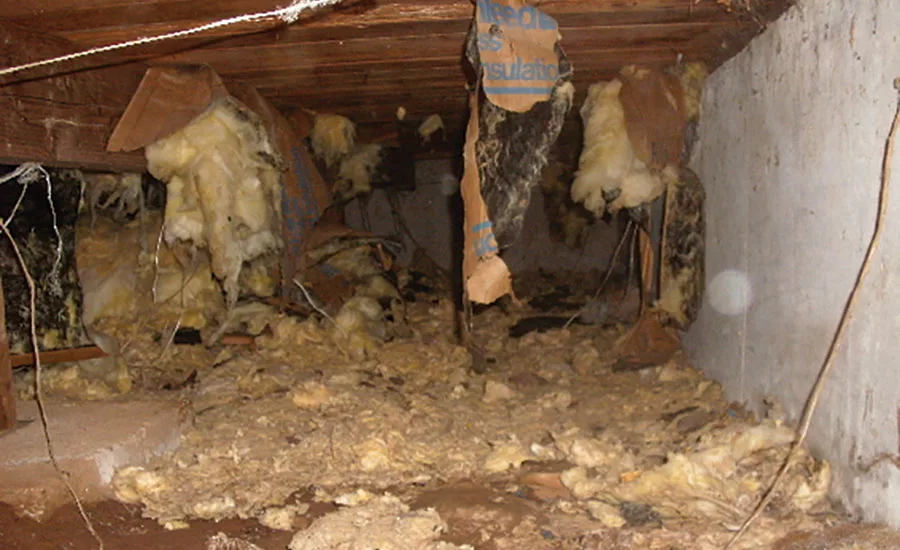Restorer's Perspective: Are You Still Killing Mold?

Just as the R&R industry has seen the mysterious return of sodium hypochlorite (bleach) to the mold remediation process where false positive aesthetic stain removal is favored over industry standard source removal, the same can be said about the incorrect practice of “killing mold.”
The S520 mold remediation standard makes it clear that returning a structure to Condition 1 status, defined as visibly clean and dust free, is about cleaning…not killing. In fact, IICRC S520, Part 4: Principles of Mold Remediation explains, “Physically removing mold contamination is the primary means of remediation. Mold contamination should be physically removed from the structure, systems and contents to return them to Condition 1. Attempts to kill, encapsulate or inhibit instead of proper source removal generally are not adequate.”
Further, the standard warns about the overuse of antimicrobials and their propensity for both unnecessary exposure and microbial resistance (See IICRC S520, Chapter 5, page 118, “Limitations of Use”). But even after decades of AMRT training and third party clearance testing based on mold spore count (as opposed to “visibly clean and dust free”), an overwhelming majority of remediators and restorers still insist on perpetuating the property owner-driven fallacy of killing mold.
With the advent of green building practices, today’s property owners demand energy efficiency which translates into a tight building envelope. However, the challenge between a tight building envelope and good indoor air quality can certainly compete within the context of budget. For this reason, the rethinking of antimicrobial use is more important than ever. After all, to temporarily kill mold but not to remove it, represents a conducive condition in the form of soil load that could contribute to future mold growth and therefore represents potential degradation to indoor air quality as well. In addition, with a multitude of environmental and chemical sensitivities on the rise, avoiding the overuse of antimicrobials might be as important for liability reduction as it is for the maintenance of proven industry standards.
Today’s industry claims that standards are important but tends to explain away non-adherence due to less-experienced, less-informed and less-capable competitors in the market. But if the quality restoration and remediation companies aren’t going to uphold the standard, how does our industry make claims of quality or defend its value?
More than ever before, safe and effective cleaners specifically formulated for source removal and that also meet the guidelines of S520 (without the toxigenic and/or allergenic side effects that could accompany the use of antimicrobials) are widely available. In fact, many of these products are not only more effective than antimicrobials; they also tend to exhibit additional properties such as contaminant identification and odor/stain removal. And many of these products don’t end up substituting one problem…mold, for another problem…chemical exposure.
If they choose to do so, today’s educated remediator can have their cake and eat it too. By breaking down the process of remediation (with an emphasis on standard adherence) to the property owner and having them understand the important difference between killing mold and removing it, not only is the customer better educated but a clear distinction is drawn between the professional and the company down the street that only sees the profit to be made in remediation.
As I was reminded recently: focus on excellence and money will never be a problem; but, focus on money and you’ll always be chasing it.
Looking for a reprint of this article?
From high-res PDFs to custom plaques, order your copy today!







